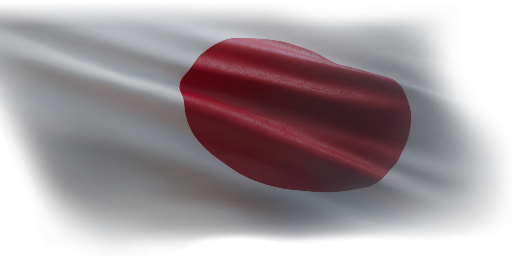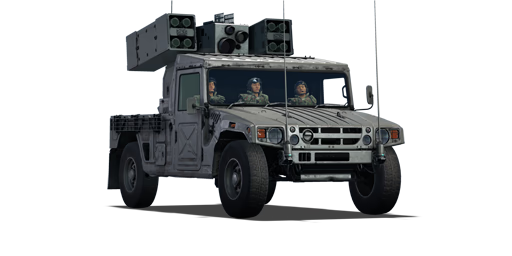



The Type 93 is a SAM system carrying Type 91 SAM missiles on a BXD10 (Toyota Mega Cruiser), built to replace the Oerlikon KDA (35 mm) emplacements and Type 87 SPAAG carrying the same guns. Being built on a jeep it allows Japanese anti-air crews to use it as a very rapid response vehicle against aerial threats.
It was introduced in Update "Starfighters". Easily capable to reach its top speed, it can get behind the enemy tank force and protect the battlefield from any incoming air threats. This is best done to evade any kind of ground engagement while closing the gap on air spawns since the Type 93 lacks any kind of radar and can only fire once an aircraft is locked, making it almost impossible to combat any ground target. It does, however, double as a great scouting vehicle, equipping thermal sights, a small profile and fast manoeuvrability it can get to any scouting spot and out of it again while lighting up the whole map for the friendly team.
| Ammunition | Type | Armor penetration (mm) at a distance: | |||||
|---|---|---|---|---|---|---|---|
| 10 m | 100 m | 500 m | 1000 m | 1500 m | 2000 m | ||
| SAM | — | — | — | — | — | — | |












Mobility | |
|---|---|
Protection |
|---|
Firepower | ||
|---|---|---|